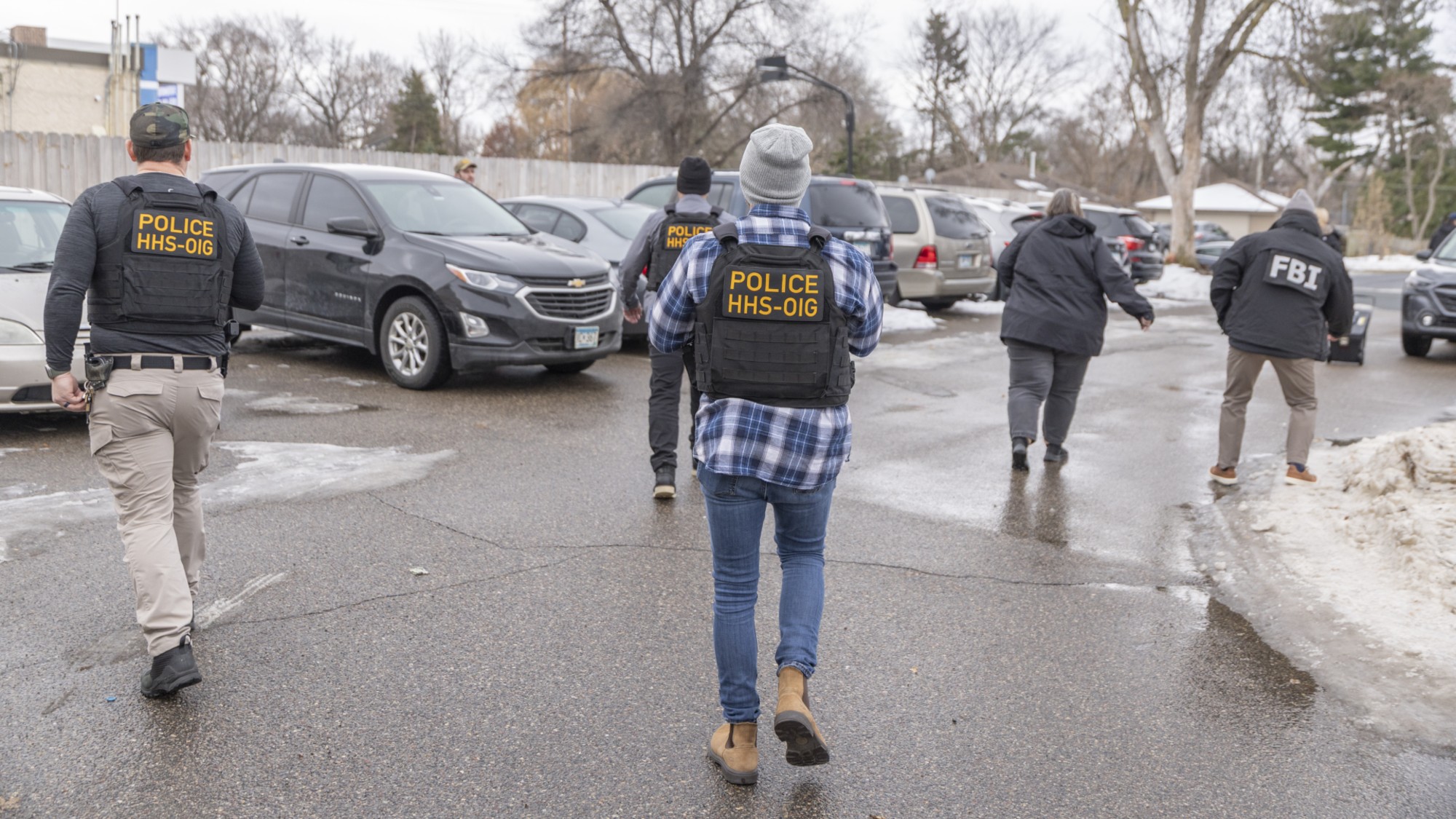Dubai tower block fire draws Grenfell comparison
Safety-conscious design sees all residents escape Dubai tower block fire, leaving more questions about what went wrong at Grenfell Tower

A large fire swept through the residential Torch Tower in Dubai overnight, with firefighters working to save the 79-storey building.
This is the second time in two years that the Torch Tower has caught fire. In 2015, a similar fire ripped through the building, with extensive cooling processes required to stop the tower from collapsing.
However, despite concerns over the safety of the building's exterior cladding, neither fire claimed a single life, with all residents quickly evacuated.
The Week
Escape your echo chamber. Get the facts behind the news, plus analysis from multiple perspectives.

Sign up for The Week's Free Newsletters
From our morning news briefing to a weekly Good News Newsletter, get the best of The Week delivered directly to your inbox.
From our morning news briefing to a weekly Good News Newsletter, get the best of The Week delivered directly to your inbox.
This sits in stark contrast with the fire that consumed most of the Grenfell Tower block in west London in June. The Metropolitan Police determined that the fire had been started by a faulty fridge-freezer, and spread quickly due to the building's exterior cladding.
Despite being four times smaller than Dubai's Torch Tower, the fire at Grenfell Tower claimed more than 80 lives, with the death count expected to rise.
The cause of the Dubai fire is not currently known, but flammable cladding was determined to be the cause of the 2015 fire at the site, says the BBC Today Programme.
Fire safety experts say similar cladding used on Grenfell Tower is the most likely reason why the blaze spread so quickly, and that the cladding was would have released 14 times more heat than a key government test allows.
A free daily email with the biggest news stories of the day – and the best features from TheWeek.com
The New York Times reports that "cladding has contributed to at least three other skyscraper fires in recent years in Dubai".
The Independent writes that the United Arab Emirates updated its building safety code in 2013, and now requires that all new buildings taller than 50ft must use entirely fire-resistant cladding. However, buildings constructed before 2013 are exempt, and Torch Tower - constructed in 2007 - continues to use the flammable cladding.
As such, it appears that though less flame-resistant cladding bore the brunt of the criticism over the Grenfell fire, other issues with the building ended up proving far more costly. The similarites in exterior design are clear, but the Grenfell tower exposed a flaw in interior design and layout that led to the tragedy.
The Torch Tower, which was constructed over 30 years after Grenfell, has a series of interior features designed to mitigate the effects of a fire. "In my opinion, design and construction is what saved lives," says Sam Alcock, director of fire engineering consultancy Tenable Dubai.
The firm told the BBC that fires at Torch Tower had caused no fatalities because "the design and construction of the buildings allowed firefighters to battle the blaze and residents to evacuate via smoke-free, fire-free safety zones."
Speaking to the Today Programme, Dave Parker, technical editor of New Civil Engineer Magazine, said that that flames "had not spread sideways, but only upwards", adding that "compartmentation - which contains the fire to where it starts in a horizontal sense - seems to have worked, where obviously it didn't at Grenfell Tower.
"It looks very dramatic, but it is basically only going up one section of the building, so most of the building is unaffected, and therefore the escape stairs will have been unaffected. Of course, they've also had some practice at this, which always helps."
The Manchester Evening News writes that though Grenfell Tower had been designed with similar compartmentation to stop fire spreading inside the building, it had been "compromised" by refurbishment works, though the dates of this are unclear.
The other problem Grenfell faced was in its fire protocol. With the kind of compartmentation that both the Torch Tower and Grenfell Tower were originally designed with, it is safer for people in unaffected flats to remain in the building until further notice.
This is because both firefighters and evacuating residents share a single stairwell, and will impede the firefighters progress up the building.
"[Firefighters] don't need hundreds of people coming down the stairs when they are trying to fight the fire," fire safety expert Graham Fieldhouse told the BBC.
Last month Darren Baird, a former senior fire safety officer at Greater Manchester service and the managing director of Total Fire Services, told The Guardian that almost all residential buildings in the UK have a "stay put" policy like those in Grenfell Tower, to avoid clogging up the stairwells.
However, the principles of this policy are based on the assumption that with proper compartmentation, individual flats can contain a fire for at least 60 minutes and sometimes up to three hours. This allows the fire service to arrive and give further instructions.
However, with refurbishments on hundreds of buildings having taken place in recent years - including what the Metro claims was an unapproved refurbishment at Grenfell - the compartmentation abilities of these buildings appears to have been diminished, and thus the "stay put" policy has only added to the death toll.
-
 ‘Lumpy skin’ protests intensify across France as farmers fight cull
‘Lumpy skin’ protests intensify across France as farmers fight cullIN THE SPOTLIGHT A bovine outbreak coupled with ongoing governmental frustrations is causing major problems for French civil society
-
 The best books of 2025
The best books of 2025The Week Recommends A deep dive into the site of a mass shooting, a new release from the author of ‘Atonement’ and more
-
 Inside Minnesota’s extensive fraud schemes
Inside Minnesota’s extensive fraud schemesThe Explainer The fraud allegedly goes back to the Covid-19 pandemic